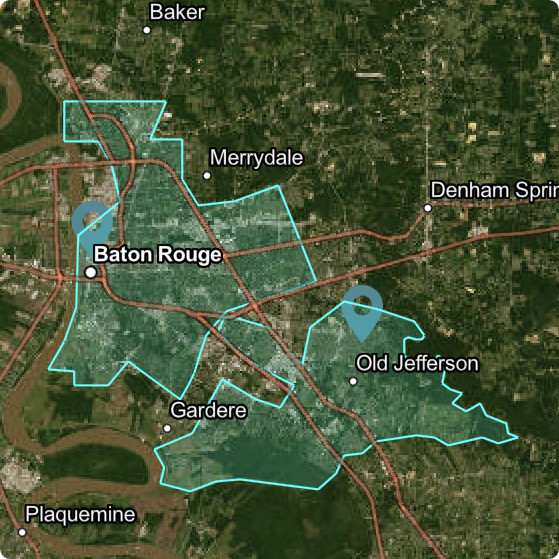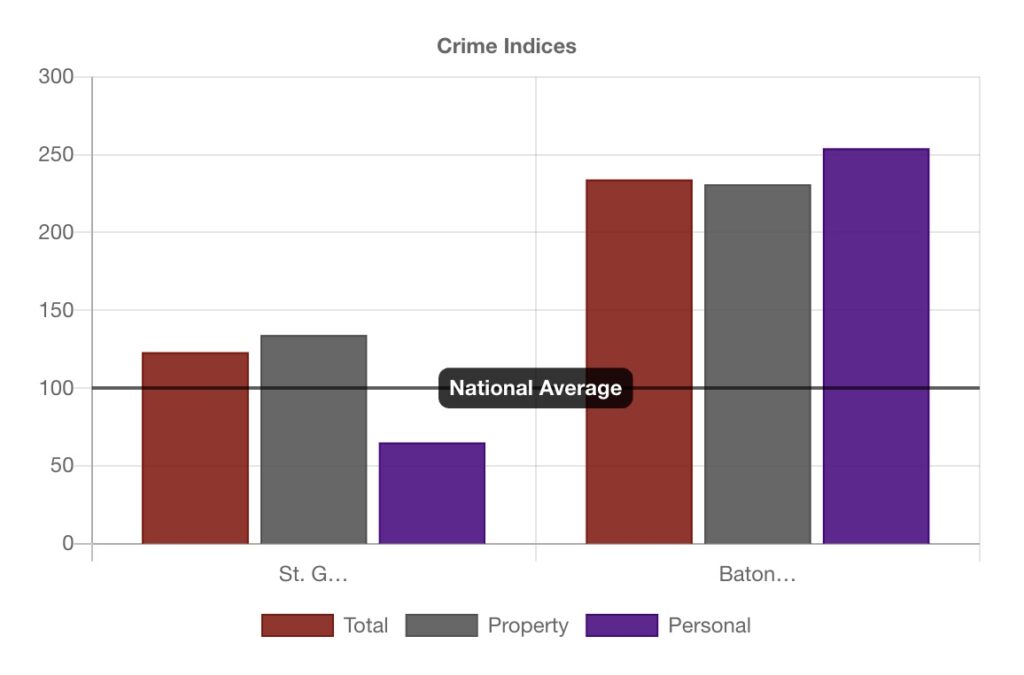In the past decade, there has been a noticeable rise in towns and suburbs attempting to secede from larger metropolitan areas. For instance, the Greater Idaho movement involves multiple counties in eastern Oregon voting to join Idaho. Similarly, some counties in Illinois have expressed a desire to break away and form a new state, citing political differences with metropolitan regions. In Atlanta, the Buckhead neighborhood has ongoing efforts to secede and establish its own city. This phenomenon highlights the cultural and political divides within states and cities, particularly between urban and suburban/rural areas.
One significant reason for the increase in local secession movements is the increased polarization of American society. People are becoming less tolerant of contributing their taxes to local governments whose policies do not align with their beliefs or lifestyles. Additionally, dissatisfaction with underperforming local school systems and lenient law enforcement drives communities to seek greater control by establishing their own townships or even new states.
In this article, we will focus on the case of St. George vs. Baton Rouge, LA. The legal battle for St. George to secede from Baton Rouge spanned for years. Initiated by residents seeking better schools and reduced crime, the proposal to form a new city won a ballot vote in 2019 but faced immediate legal challenges. Opponents feared the loss of $48 million in annual tax revenues and argued that the new city could not sustain itself financially. However, in April 2024, the Louisiana Supreme Court ruled in favor of St. George’s incorporation, allowing it to form its own city with its own mayor, city council, and public services.
We will use precise data to examine the differences in multiple factors between these two areas that may have contributed to their eventual divorce. This analysis will provide insight into understanding secession movements better. For the data and analysis, we utilized Maptimum’s side-by-side report for St. George vs. Baton Rouge.

Demographics
St. George is considerably less densely populated, with 1,350 people per square mile compared to Baton Rouge’s 2,800 people per square mile. This difference aligns with their respective suburban and urban statuses. Additionally, St. George is a family-friendly area, with two-thirds of households being families, whereas Baton Rouge predominantly consists of single individuals (52%). St. George also has a more mature population, with an average age of 41 compared to Baton Rouge’s 33.
The racial and ethnic composition between the two areas is significantly different. St. George is majority non-Hispanic white, while Baton Rouge has one of the highest concentrations of African Americans in a major city (55%). Nevertheless, St. George remains diverse, with 18% African American, 7% Hispanic, and 6% Asian residents.
In terms of socioeconomic factors, St. George has a higher level of education and income. 57% of the population holds college or graduate degrees, and the median income is $97,500. In contrast, only 38% of people in Baton Rouge have higher education and a median income of about $50,000. Additionally, 22% of Baton Rouge’s population relies on food stamps and other government assistance programs, compared to 5% in St. George.
Housing
The housing landscape is also markedly different between the two areas. St. George is predominantly owner-occupied (70%), while Baton Rouge is largely a renter city (almost 50% renter-occupied). Baton Rouge has many low-income government housing properties, whereas St. George does only a few.
Safety
The crime and safety differences between the two areas are stark, with St. George being significantly safer in all aspects. In St. George, personal and property crime rates align with the national average, while in Baton Rouge, they are about 2.5 times the national average. Similarly, the number of fatal accidents per square mile in Baton Rouge is almost five times that of St. George. Additionally, Baton Rouge has fourteen times more registered sex offenders per square mile than St. George.

Education
One of the main reasons cited by advocates for the St. George split was the low quality of schools. Currently, St. George and most of Baton Rouge are served by the East Baton Rouge Parish School District, which is ranked 17th out of 114 school districts in Louisiana. It remains unclear whether a new school district will be established for St. George now that it has become a separate town.
Politics
Another potential point of contention between the two areas is politics. St. George is a predominantly Republican area, with two-thirds of voters supporting Trump in the 2020 election. In contrast, Baton Rouge is a solidly Democratic area, with 71% of voters supporting Biden in that election.
Home Values
The median home value in St. George was more than 40% higher than in Baton Rouge. Consequently, the higher property values in St. George resulted in higher property taxes for its residents. This disparity could have been a significant point of discontent, as residents may have felt they were not receiving adequate public services for the taxes they paid or disagreed with the policies pursued by the city of Baton Rouge and its school district.
Conclusion
Our analysis uncovers a significant divide between St. George and Baton Rouge. St. George is a more family-friendly area with lower crime rates and more conservative politics. Additionally, the higher home values in St. George mean its residents contributed disproportionately to Baton Rouge’s tax revenue before the split. These differences shed light on why St. George pursued separation from Baton Rouge.
To prevent similar secession movements, cities must strive to balance the taxes obtained from wealthier areas with the services provided to them, especially regarding policing and school performance. Additionally, larger areas must avoid imposing extreme ideological policies that, while popular overall, may not bode well in specific localities.
If you’re in the market to buy a house or relocate to a new city or state, use Maptimum to get the lowdown about any area, whether it’s a small radius around an address or an entire suburb or town. Make sure it aligns with your expectations for safety, school performance, and politics to avoid future dissatisfaction.
This post is very timely for me.